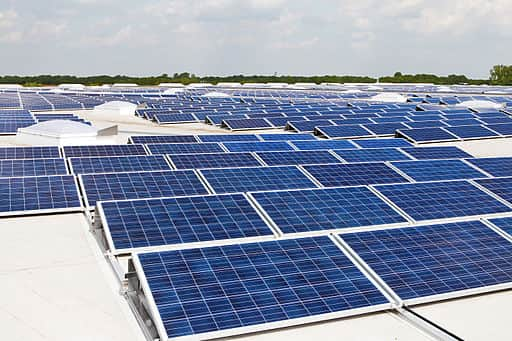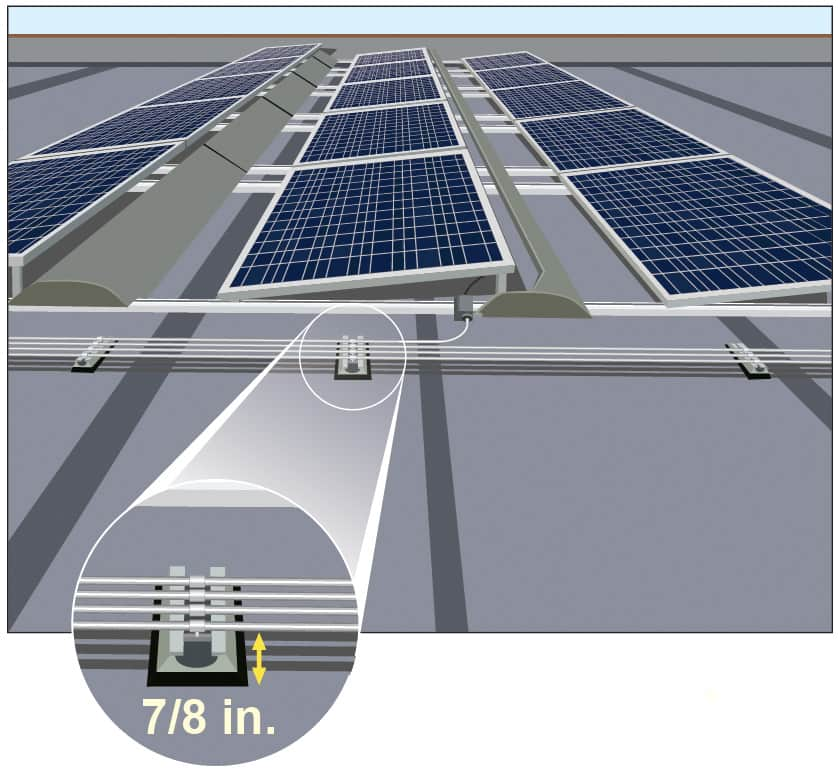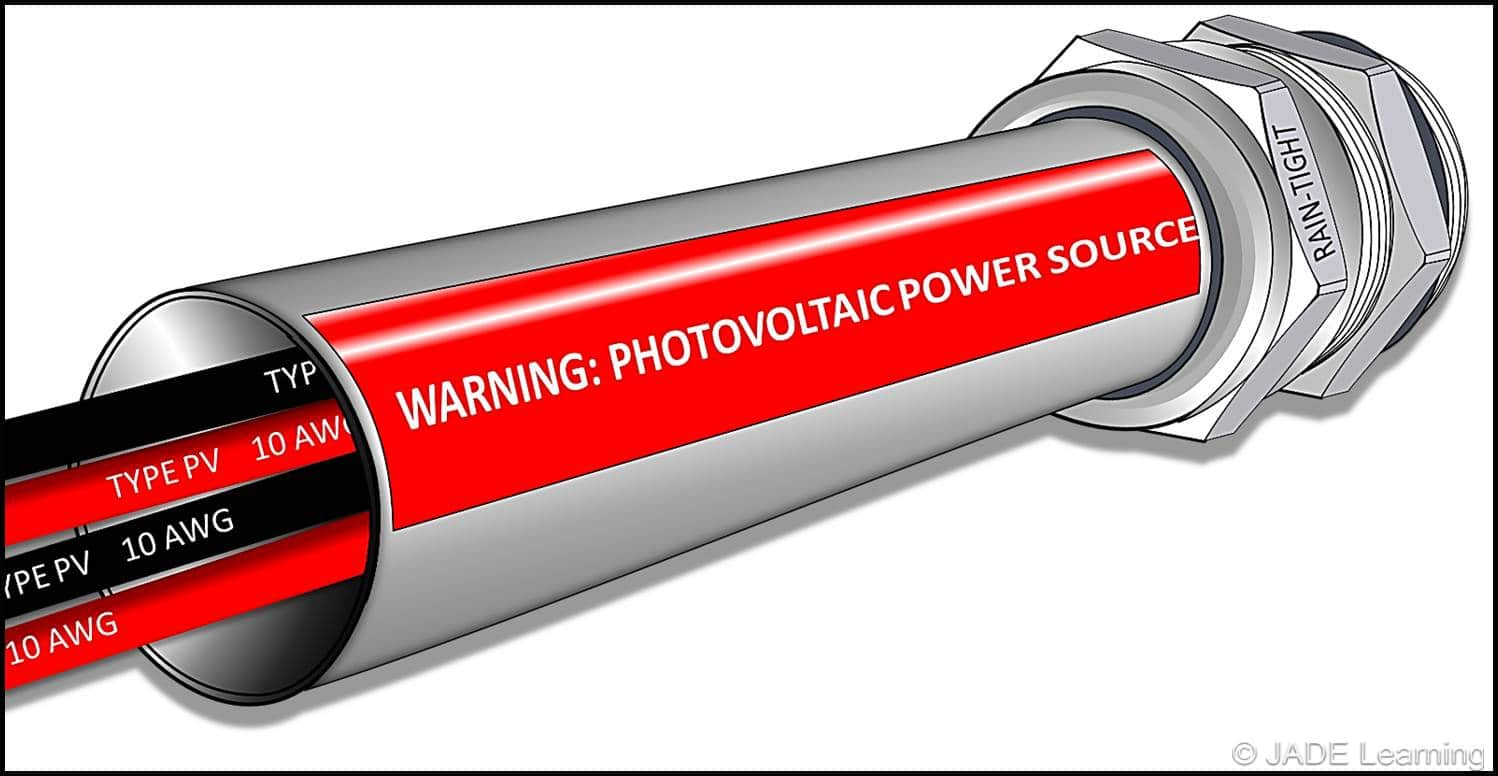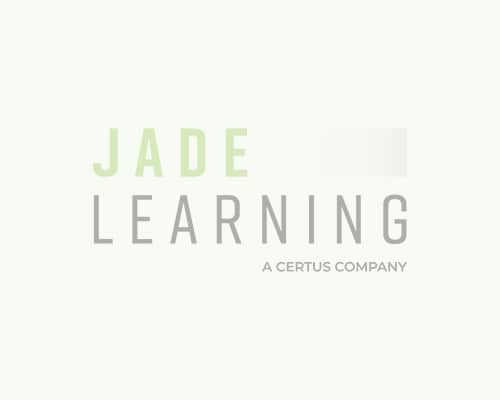
Jul 06, 2022
This article discusses the rising demand for electric vehicles and the many opportunities for skilled electricians to start or expand their careers by working on electric vehicle chargers.

Apr 13, 2021
Licensed electricians will be in high demand! It will take licensed electricians to pull the electrical permits and to install all of the solar PV systems.

Apr 06, 2021
The future of the electrical trade is solar PV technology, and the future is upon us.

Mar 31, 2021
One solution to our industry’s dilemma is Solar Photovoltaic (PV) Installations performed by licensed electricians.

Sep 25, 2019
Anyone who has been on top of a roof on a hot summer day knows what it’s like to stand in the middle of an oven. Extreme temperatures from the sun can bake everything in sight, from shingles to appliances, and even electrical conductors and conduit. Conductor insulation is meant to provide long lasting protection from expected heat due to the flow of electricity and normal environmental factors. However, excessive heat from solar radiation can damage conductors and cause premature failures.

Jul 06, 2015
There are many PV system marking and labeling requirements in the NEC. Some markings will be factory applied as required by the product listing and others must be field applied by the installer

May 29, 2015
A PV system is useless until it gets connected into the premises wiring system. NEC section 690.64 states that the point of connection for a PV system shall be in accordance with section 705.12. Article 705 provides the rules on how an electric power production source, such as a PV...

Apr 29, 2015
In the past few blog posts we have discussed some of the more important issues related to the PV system including PV modules, PV source circuits, PV output circuits, and inverters. Now let’s talk about PV grounding. Equipment GroundingIn most PV installations, the PV modules are fastened to a metal rack-type...

Mar 31, 2015
An inverter takes the DC current produced by the PV modules and converts it to AC current for connection to the utility grid.

Mar 10, 2015
When wiring PV modules in series (to create a series string of modules), voltage is additive while current remains the same. Series = Adds Voltage. When wiring several strings in parallel, the result is the opposite; voltage remains the same while current is additive.

Sep 26, 2014
If the point of interconnection will be made at a feeder, other than the opposite end of the primary overcurrent protective device (OCPD), then there are two options and both apply only to the portion of feeder on the load side of the inverter output connection.

Aug 22, 2014
Let’s start out with the first basic requirement in 705.12(D)(2): 125% of the inverter output circuit current must be used for the ampacity calculations for most of the interconnection methods used. Whether interconnecting the Inverter Output Circuit through a breaker at the service panel or directly to a feeder, it is important to first know the inverter output circuit current.